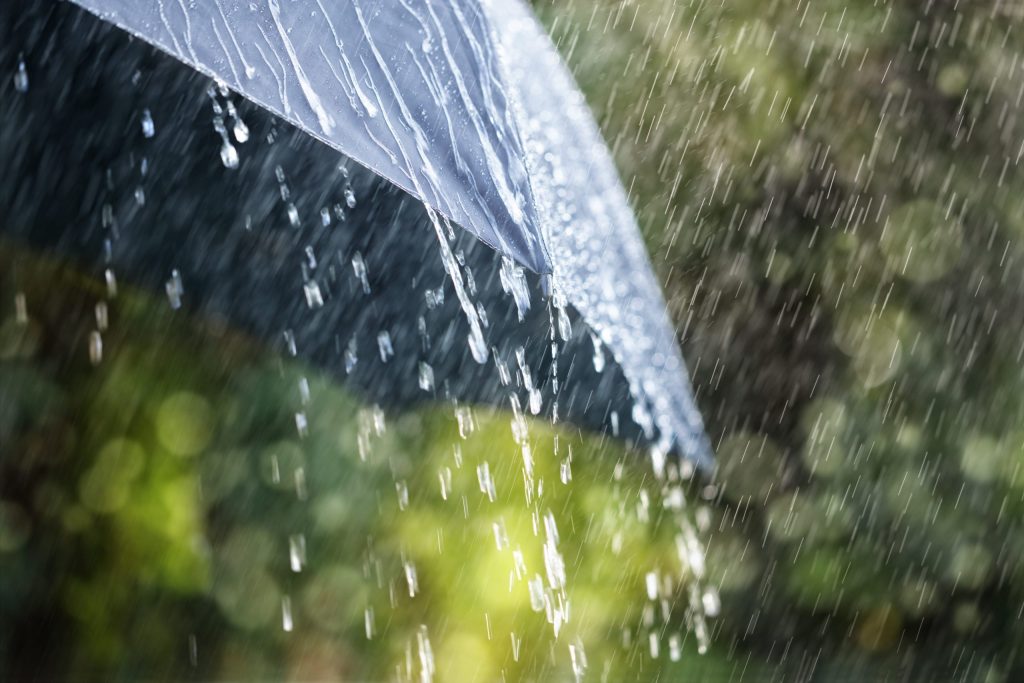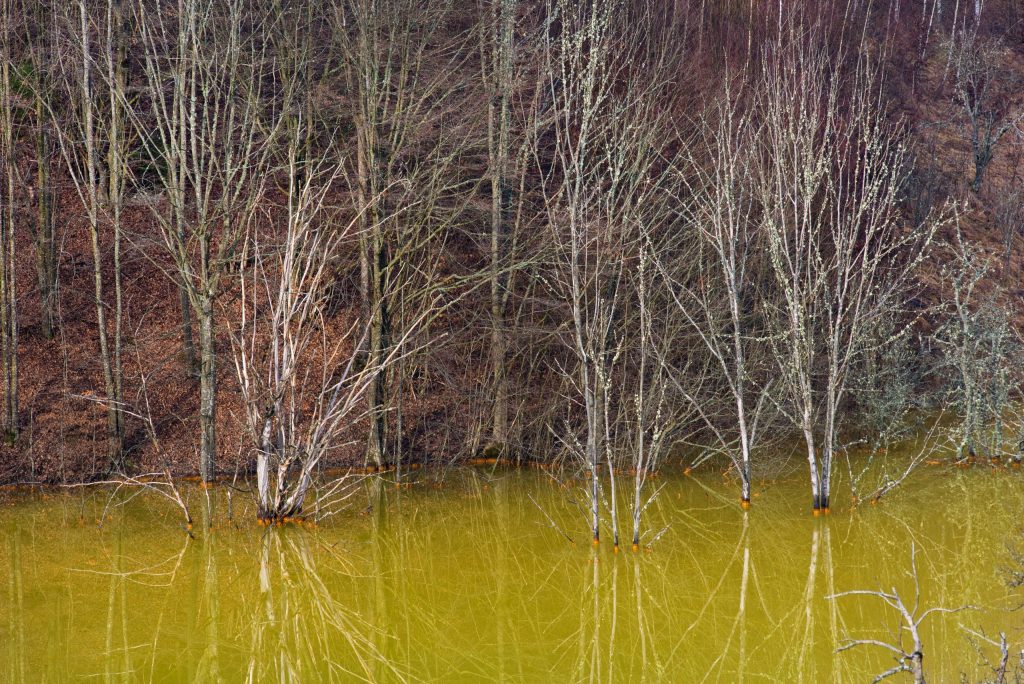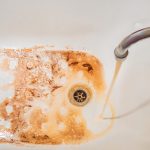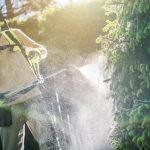As an owner of a private water well, you need to stay on top of things that other homeowners don’t think about. After a flood, the average homeowner simply needs to make sure the garage didn’t get wet but a water well owner has a few more responsibilities. If your area just flooded, you will need to conduct a proper water well inspection before you drink any water from the well. Here’s how to make sure that your water well was not damaged in the flood.

Submerged Water Well
The first thing to look for during water well inspection after a flood is whether or not it was submerged in water. If you were not around during the flood, check for things like mud or water stains on the outside of the well. If you can see them on the well, that most likely means it was submerged. However, that is not an indicator of whether the well is damaged. If your water well was submerged, call a professional to have your water well flushed and disinfected.
Ground Inspection
Water wells go deep down into the ground which means you need to inspect the ground around the well for signs of erosion. If it looks like dirt has eroded away, the water supply may be contaminated. On top of having the water flushed and disinfected, you will need to have the land around the well regraded.
Dirt around a water well must be built up to prevent the soil from eroding, which allows debris to enter the well. The dirt must be piled up so it slopes downward. This makes rainwater flow away from the well, preventing it from accumulating around the well which leads to contamination. Keep in mind that you should not have vegetation around the well. Their roots can drain water from the well and cause pesticides and fertilizer to enter the water supply.
Inspect Electrical Components
This is an aspect of water well inspection best left to the professionals. The electrical components that power a water well must be completely covered from the elements. If there are exposed electrical wires or equipment, the system will likely malfunction. Call an electrician to examine these components before using your well and make sure to never make contact with wet wires or equipment.
Cracks in the Casing
The final step in water well inspection after a flood is to check for cracks in the well casing. Cracks in the casing can allow debris and other contaminants to enter your well and water supply. This is especially true after flooding, and the water is more likely to enter the well and contain contaminants within it. Raw sewage, oils, chemicals, and bacteria are all commonly found in the water during a flood. If there are cracks in the casing, you will need to repair the well, test the water and then have the water supply flushed and disinfected.

Professional Water Well Inspection
Water wells are complicated, even the handiest person should probably let a professional take the wheel. At A1 Well Drilling & Pump Service, we offer a variety of services including well drilling, well and pump service, water treatment installation, and more. Our expert technicians are fully equipped to handle any problem that may be happening with your well. Whether it’s too old and you need a new one or you’re simply in need of a few well repairs or service after a flood, we’ll be there for you! So, if you’ve noticed any of the things listed above causing problems with your well or you just think it’s time for a check-up, give us a call today!





